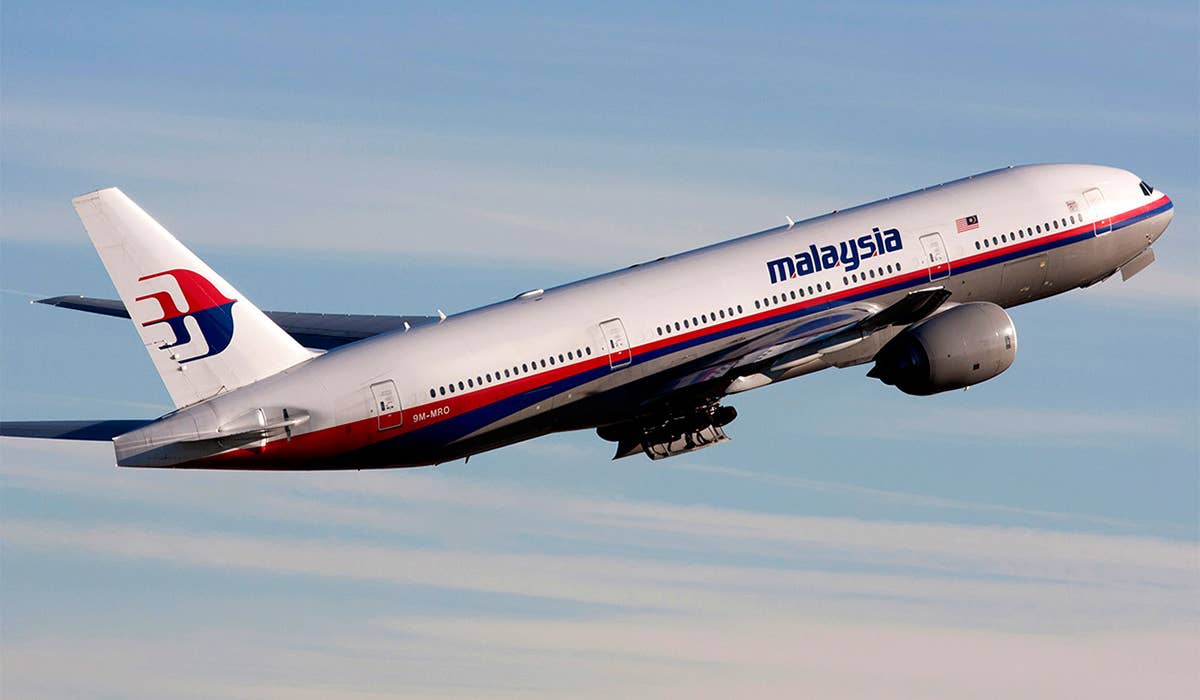
The Australian Transport Safety Bureau’s 440-page report on the disappearance of MH370 offers deep insight into the effort to find the missing Malaysia Airlines aircraft. Malaysia Airlines
The story behind the final report released by the Australian Transport Safety Bureau following the three-and-a-half year search for Malaysian Airlines 370 makes fascinating reading to anyone interested in aviation safety. The volume actually reads almost like a good mystery novel with page after page of evidence, opinions and insights. The difference, of course, is that most people know how this 440-page book ends.
The reasons for the loss of MH370, according to the ATSB, “cannot be established with certainty until the aircraft is found. It is almost inconceivable and certainly societally unacceptable in the modern aviation era, with 10 million passengers boarding commercial aircraft every day, for a large commercial aircraft to be missing and for the world not to know with certainty what became of the aircraft and those on board.”
On March 8, 2014, a Boeing 777 aircraft operated as Malaysia Airlines flight 370 (MH370) disappeared during a flight from Kuala Lumpur to Beijing in the People’s Republic of China. The aircraft carrying a crew of 12 and 227 passengers was never found. All radio communications from MH370 ceased 38 minutes after takeoff, although data showed the aircraft continued to fly for an additional seven hours. The Boeing’s transponder and ACARS, both designed to transmit aircraft position information, failed for reasons that were never determined.
Bits of debris from MH370 were found in 2015 and 2016 on the shores of some Indian Ocean Islands, as well as the east coast of Africa. This information was used to backtrack and create a possible last location of the aircraft to narrow the search that eventually covered roughly 46,000 sq. miles of sea floor. As a point of reference, in 15 minutes of flight, an airliner cruising at 8 NM per minute could be anywhere within a 125 NM radius circle equating to an area of 65,000 sq. miles.
The search for MH370 consumed 1,046 days until January of this year when the search was suspended by a tripartite decision of government officials from Malaysia, Australia and the People’s Republic of China.
Following years of agonizing search efforts, the loss of MH370 focused aviation authorities on the tracking equipment installed on similar aircraft. The ATSB said, "Requirements and systems for tracking aircraft have been enhanced and will continue to be enhanced. Steps are being taken to advance other aircraft systems including emergency locator transponders and flight recorder locator beacons." Today, three-and-a-half years after the loss of MH370, with equipment available, not all airlines around the world subscribe to the tracking services necessary to prevent the loss of another aircraft in a manner similar to what happened to MH370, although again many have plans in place.
Other Stories Detailed in the Report
The 440-page report offers deep insights into the efforts, the methodology and the incredible amount of resources used to try and locate the aircraft during those three years. It also opens the door on more than a few mysteries surrounding the crash, such as the rumors about the captain's flight simulator activities.
The report said simulator data retrieved from a flight conducted a month before the aircraft disappeared showed a B777-200LR eventually tracking northwest along the Strait of Malacca climbing to FL400. The flight later made a left turn to a southwest and proceeded southwest into the southern Indian Ocean, although it eventually flew 4,200 nm, beyond the range of MH370 that night.
The Boeing 777 in the simulator overflew points of reference that were not the same as those created with the limited data available through Inmarsat communication links. While the pilot’s performance on his home simulator could hardly be considered conclusive, “There were enough similarities to the flight path of MH370 for the ATSB to carefully consider the possible implications for the underwater search area. These considerations included the impact on the search area if the aircraft had been either glided after fuel exhaustion or ditched under power prior to fuel exhaustion with active control of the aircraft from the cockpit.”

Sign-up for newsletters & special offers!
Get the latest FLYING stories & special offers delivered directly to your inbox






